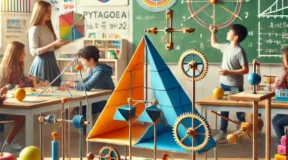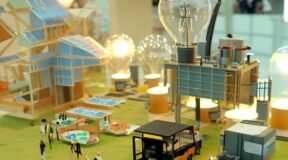Easy-kids science experiments / Project to do at home
Searching for Easy-kids science experiments to do at home? There are so many amazing things in our world and so many science experiments for kids. As we know, children are born scientists. They naturally want to learn all about the world around them. This is why I prefer doing Science with young children.
These 10 easy science experiments for kids that will blow your kid's mind, as kids are exposed to many scientific concepts. It's a great way to spend quality time together as a family and who knows, mom and dad may end up learning a new thing or two, too.
Easy-kids science experiment for home #10 Paper Chromatography Experiment for kids
Paper chromatography is one method for testing the purity of compounds and identifying substances. Paper chromatography is a useful technique because it is relatively quick and requires small quantities of material.
Easy-kids science experiment #09 fireproof balloon

To observe the phenomenon of heat absorption and transfer of energy using water , the air inside a balloon, and an external flame. Balloons are rather fragile things. When the air inside a balloon is released suddenly, there will be an explosion. The pop sound is caused by the rapid contraction of the latex, which produces ripping friction that breaks the sound barrier.
Science experiment for home # 08 Make Simple Music Instrument

This activity should help children discover the relationship between the rate (speed) of vibration and the pitch (high-low) of sound. You may want to relate this activity to the previous one with a rubber band.
Science experiment for home #07 Make Can Car using Simple Household Material
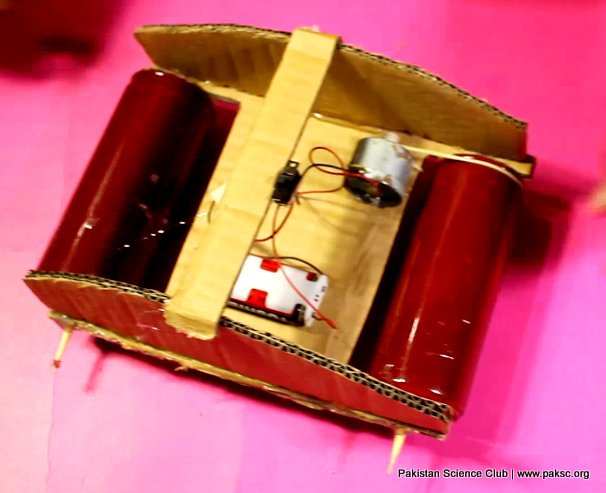
Can car construction and its competition be quite popular in kids and teens due to ease and learning of different mechanical aspects of it? The hands-on activity explains the working and applications of various simple Household things in an interesting way. It also helps the kids to learn regarding the interconversion of energies from one form to another form.
Easy-kids science #06 Make Plastic from Milk
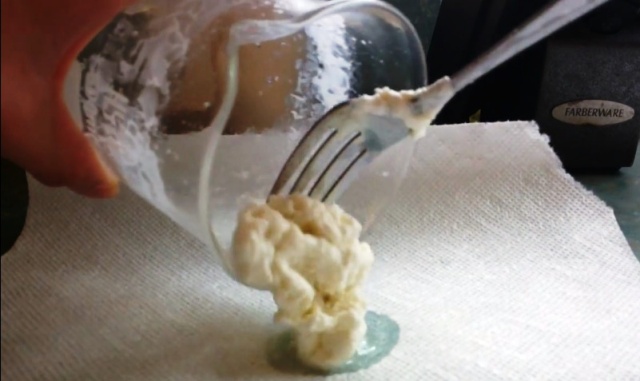
Learn how to separate the casein found in milk, ultimately winding up with an intriguing plastic-like substance
Easy-kids science experiment # 05 Does Hot air Rises

Easy-kids science experiments # 04 Make a Tornado in a Bottle

Tornadoes are formed when warm, moist air swirls together with cool, dry air. They are most often associated with storm clouds that contain vortexes — spirals of rising air. As the vortex sucks in the surrounding air, more air moves in at a high speed to fill the space.
Easy-kids science experiment for home # 03 Make Compass

The floating needle will behave like a compass, with one end always pointing to magnetic north. A story is told that this is the same type of compass used by Christopher Columbus. Since the metal needle of the time was poor, Columbus had a lodestone to remagnetize his floating needle.
Easy-kids science experiment for home #02 How to grow crystals with salt

To use chemical reactions between water and potash alum(Potassium) in the creation of various crystal formations.
Crystals consist of an orderly arrangement in the molecular structure of a solid object, this pattern known as crystallinity.
Easy-kids science experiment #01 Invisible Glass Stirrer Experiment
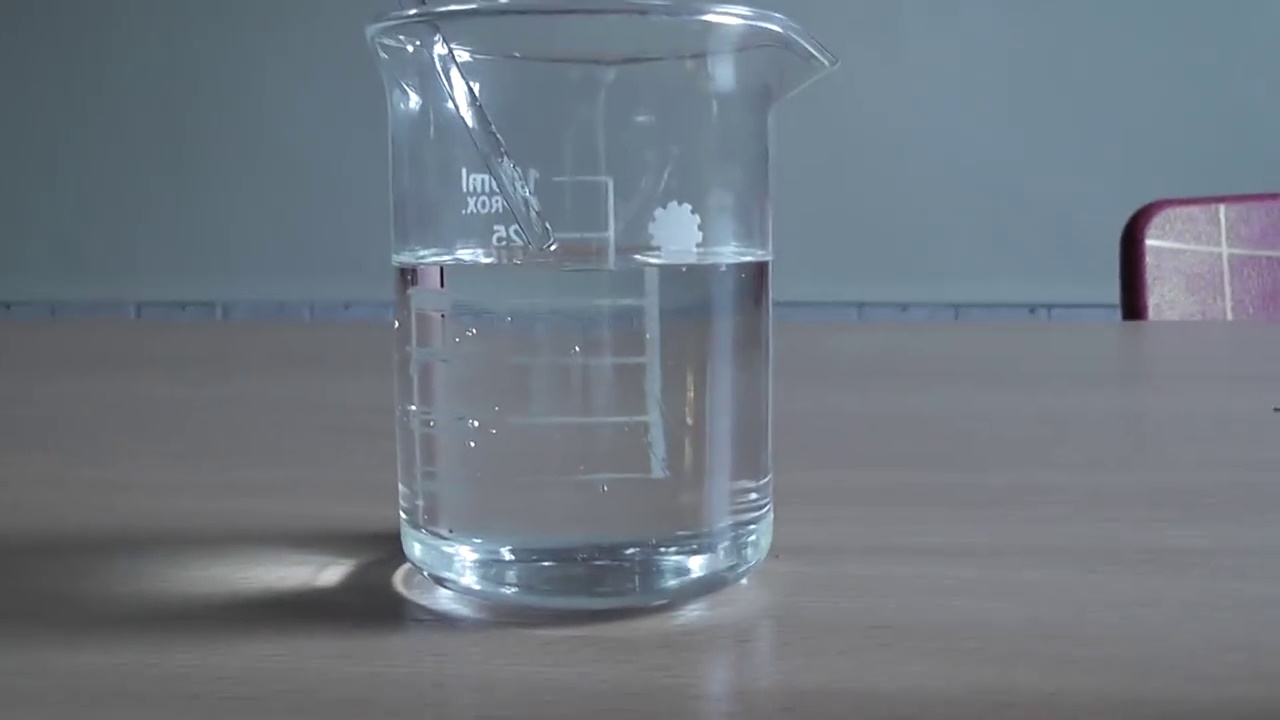
The real secret behind this science experiment is the index of refraction. When light travels through the glass, and then through the Glycine, the speed of light slows down and then it hits the glass and refracts or reflects and this is why the glass stirrer looks invisible.
Sciencestore.pk also develop Inventor Box, Essential components for Kids and teens invention Science experiment kits for kids




